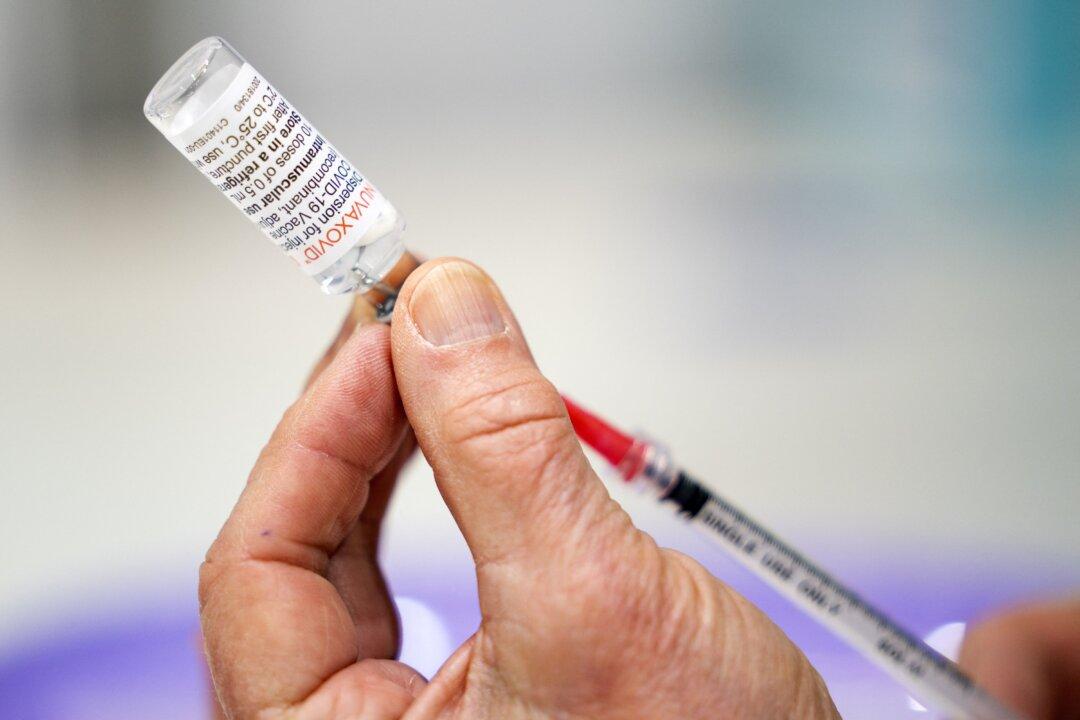Many children with pink eye are prescribed antibiotics by doctors but the antibiotics are typically not necessary, according to experts.
About seven out of 10 health care visits involving children with acute infectious conjunctivitis, or pink eye, ended with doctors prescribing a topical antibiotic, researchers reported in a new study.
The researchers collected data from 2021 from a commercial claims and encounter database.
Doctor’s offices gave antibiotics the most, to 72 percent of patients, compared to ERs at 57 percent, and eye clinics at 34 percent.
Limitations of the paper, which was published by JAMA Ophthalmology, included some instances of incomplete clinical data.
“Given that antibiotics may not be associated with improved outcomes or change in subsequent health care use and are associated with adverse effects and antibiotic resistance, efforts to reduce overtreatment of acute infectious conjunctivitis are warranted,” the researchers said.
Dr. Andrew Doan, an eye doctor who was not involved in the research, noted that most cases of pink eye are caused by viruses.
“There are no effective treatments for viral conjunctivitis and antibiotics are ineffective,” Dr. Doan told The Epoch Times in an email.
Pink eye, which can also be caused by bacteria and allergies, manifests with symptoms such as itchiness and redness in the eyes.
The American Academy of Ophthalmology says that in cases caused by viruses, people’s immune systems fight the viruses and that the pink eye usually goes away on its own within one to two weeks.
If the pink eye is determined to have been caused by bacteria, doctors may prescribe antibiotics. “Antibiotics do not treat an infection caused by a virus or by allergy,” the ophthalmology group says.
The low rate of prescriptions after visits to eye clinics could be because the clinics have the tools to figure out what is actually causing the pink eye and treat accordingly, said Dr. Rupa Wong, a pediatric eye doctor at Honolulu Eye Clinic and spokesperson for the group.
Dr. Shapiro said he understands why parents might be alarmed when their child has an infection.
“The eye looks red and nasty and so it’s pretty striking and scary,” he said.
But antibiotics shouldn’t be overused if they aren’t going to help, he added.
The study didn’t dig into the specifics of why the antibiotics were prescribed or the outcome. But the fact that return visits were rare in either case suggests that patients are not at higher risk of complications or serious problems if they don’t get a prescription, Dr. Wong said.
“There are more supportive measures we can take,” she said, “to make your child feel comfortable without resorting to antibiotic eye drops.”






